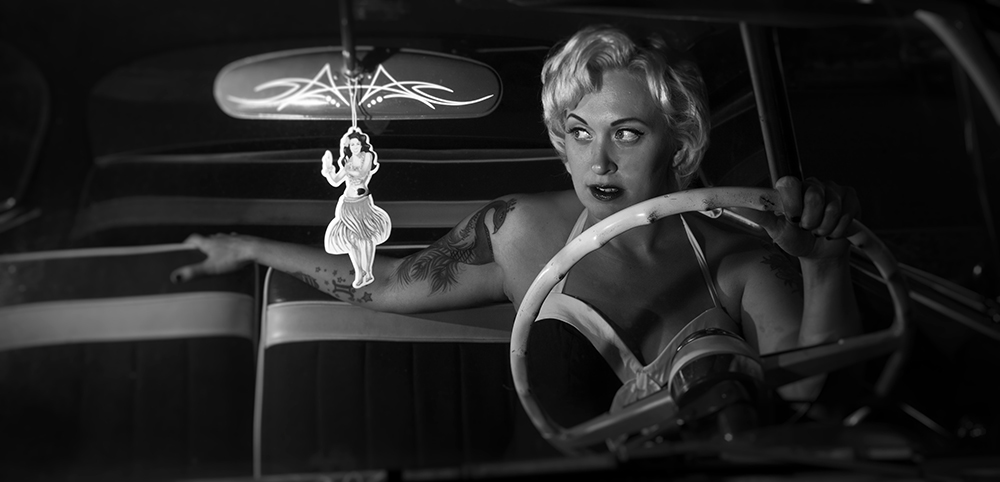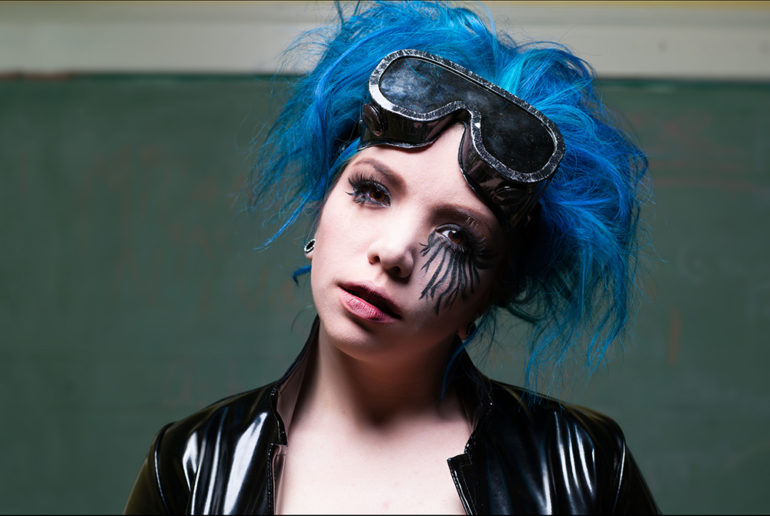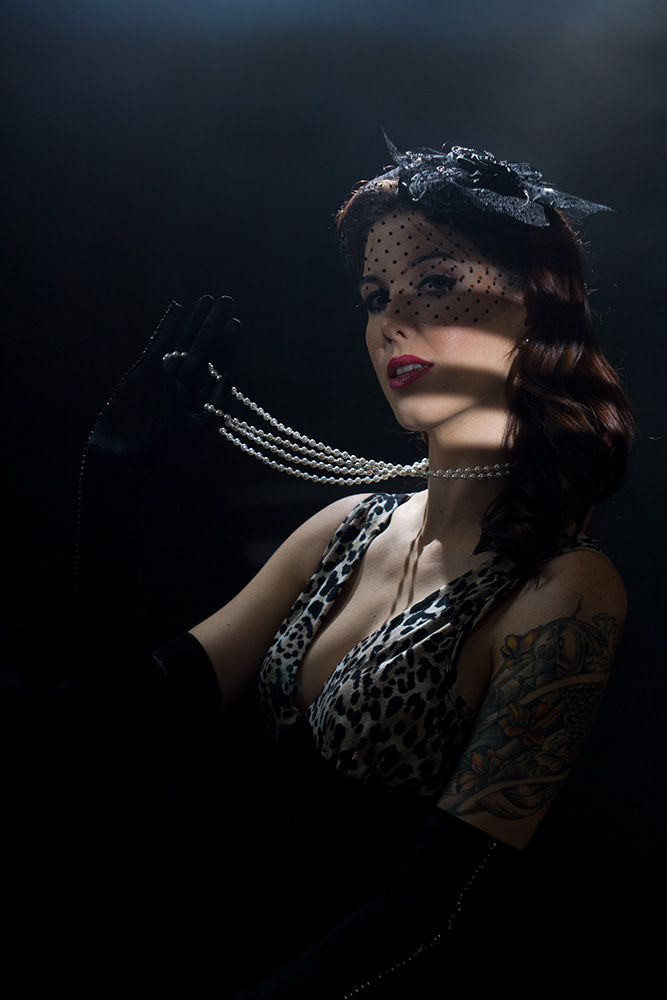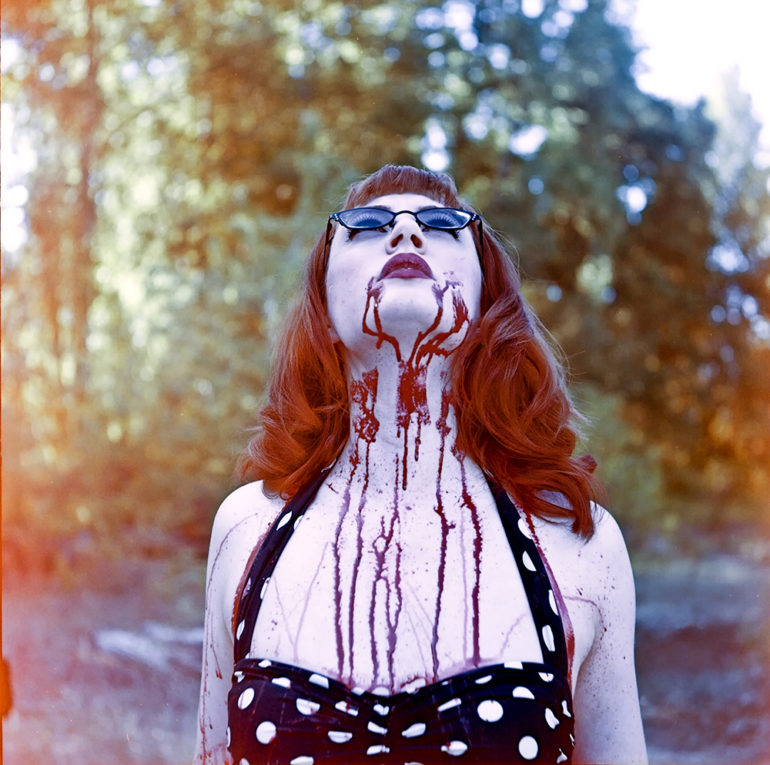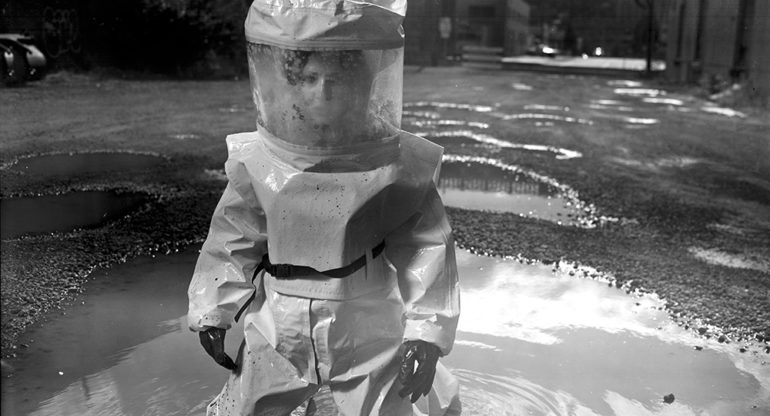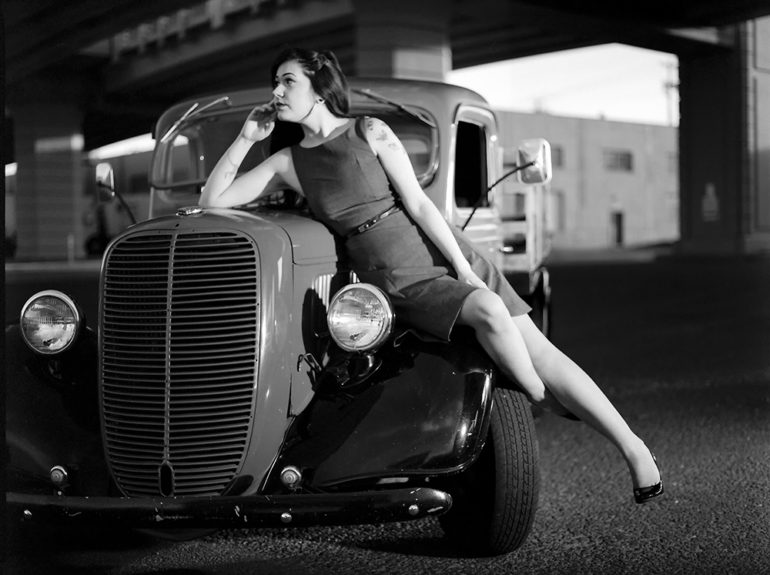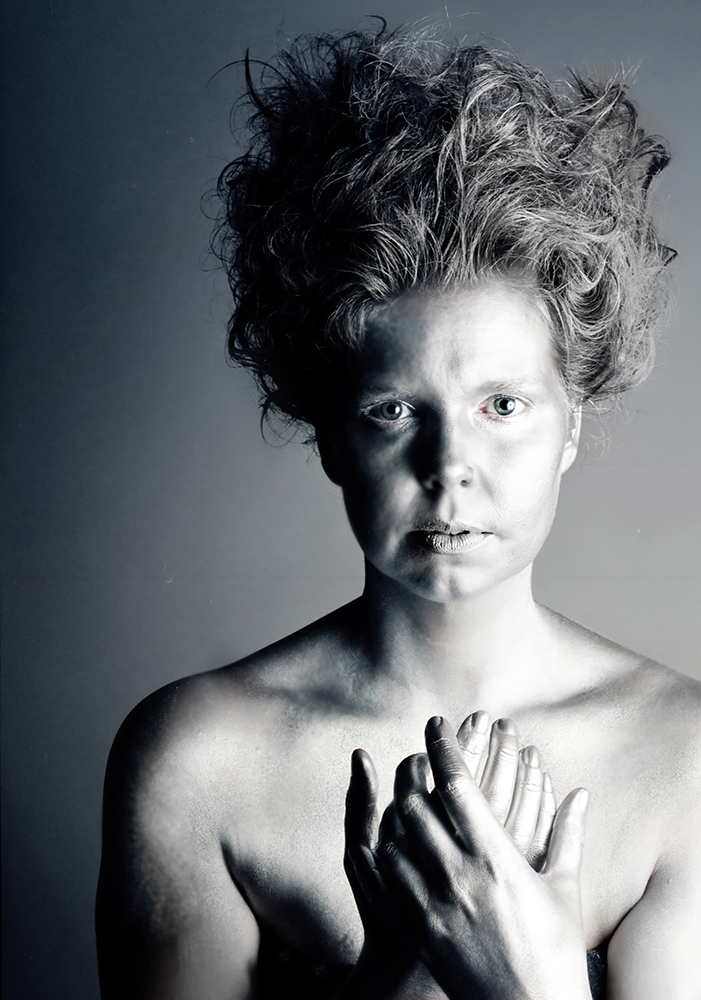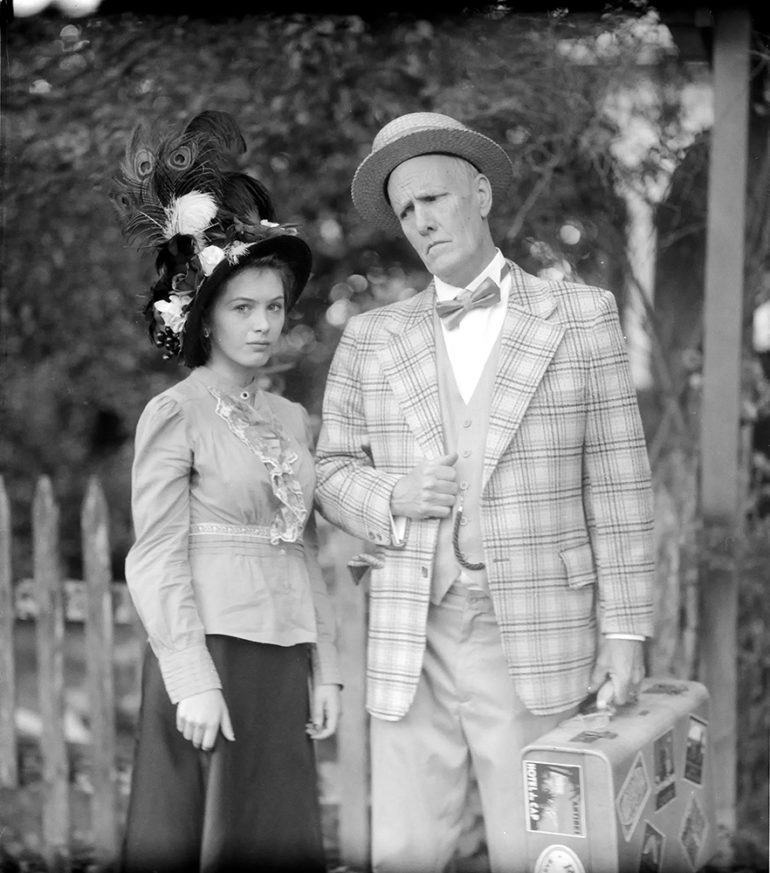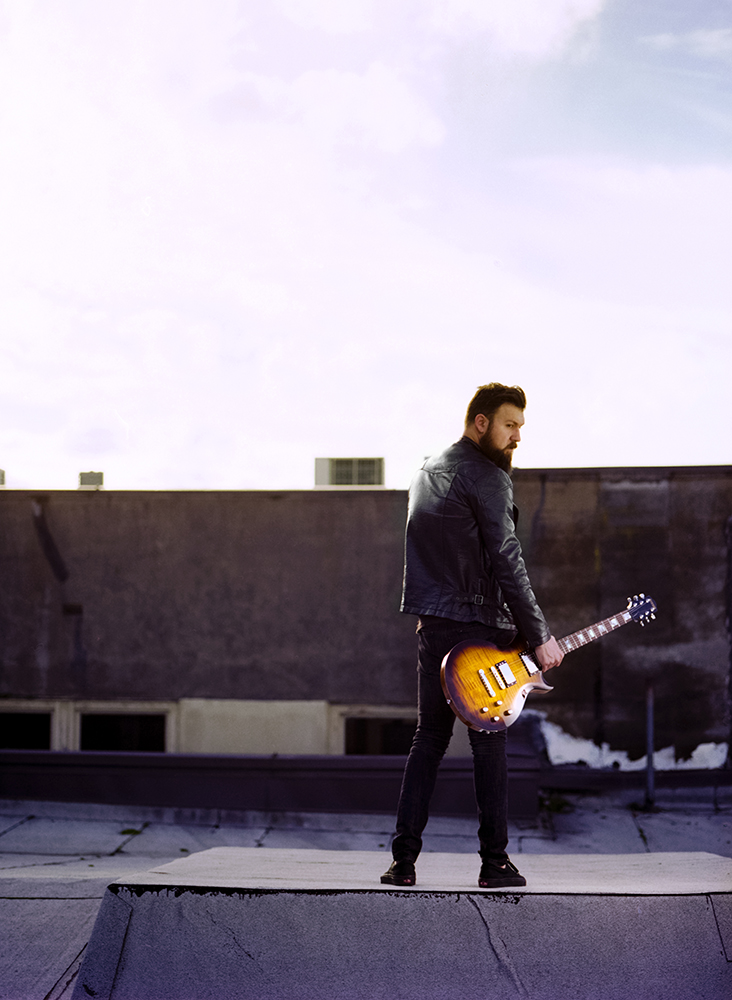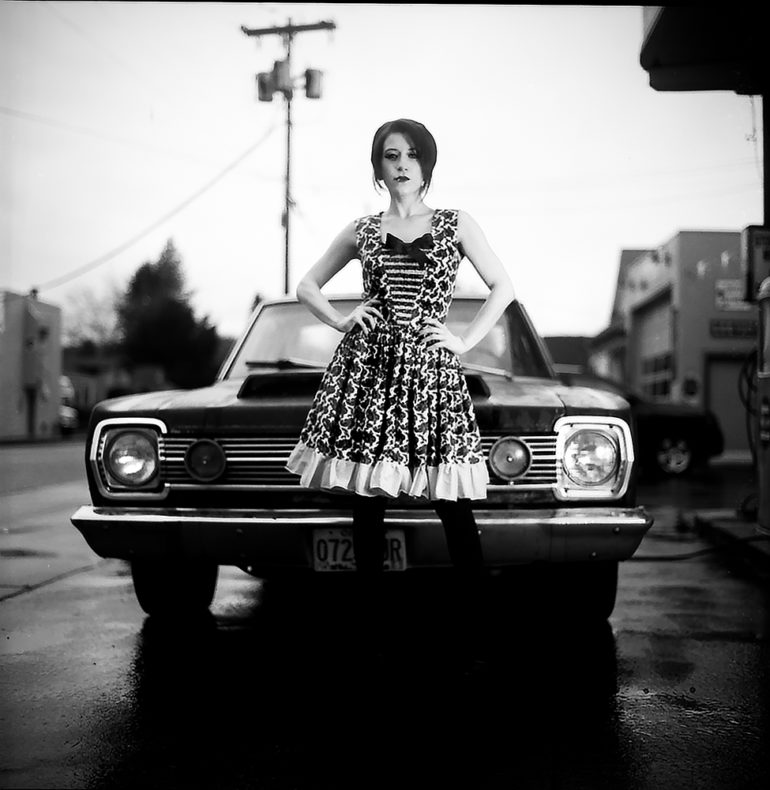Last Updated on 06/04/2017 by Chris Gampat
All images by Kelly-Shane Fuller. Used with permission.
“I’m a creative concept portrait photographer based out of Portland Oregon,” says photographer Kelly-Shane Fuller in an email to us. “I primarily shoot portraits that are themed in some way. I shoot regularly for fashion and magazine clients as well.” If you aren’t aware of who Kelly is already, you really should be. He’s one of the few modern photographers who figured out how to develop Kodachrome through experimentation and research. Plus, he’s very knowledgeable about film.
But technical knowledge aside, he’s also quite a creative photographer who really loves to shoot and create images with concepts behind them.
Why did you get into photography?
I started out shooting when I was very young as a way to document my family life. I stopped shooting in my teens, in favor of doing teenager things. I didn’t pick a camera back up again until right before my son was born, as I wanted to document him. I quickly realized how much I loved it and moved on to shooting everything I could aim my lens at before finally settling into mostly portrait work.
What photographers are your biggest influences?
I’m influenced a lot by the classics, Richard Avedon especially. I also tend to lean a lot towards classic motion picture director’s styles as well, Alfred Hitchcock especially. I love the unique styles and stark lighting that those two exhibit, and I think it really influences my work.
How long have you been shooting?
Off and on since I was very little, but seriously for about 11 years.
Why is photography and shooting so important to you?
It provides me with a creative outlet in a way very little else does. Its engages a part of my brain that no other action can and allows me for a brief moment to create a totally different world just on the other side of my lens.
Do you feel that you’re more of a creator or a documenter? Why?
Absolutely a creator. While I do enjoy documenting everyday life I’m far more interested in creating moments from a world that never was than just finding them.
What’s typically going through your mind when you create images? Tell us about your processes both mentally and mechanically?
This depends a lot on who my client is, but typically I’ve discussed the WHY of the image(Advertising, editorial, etc) with my client, and a scene tends to be forming in my head. I like to capture images that feel like a still frame from an unknown movie, so I often have motivations for both my set and subjects pre-formed. The camera and film I shoot with is often dictated by this as well, as they lend their own feel to the image. Then its a matter of creating synergy between me and my subject to form the world I’m envisioning.
Want to walk us through your processing techniques?
This can vary a lot depending on what I’m shooting, but it ALWAYS involves me processing myself. Many of my clients have very short deadlines, so I can’t wait for a lab to do the work for me. I process myself for this reason.
Tell us about the project that you’re pitching, or your portfolio.
My portfolio leans heavily to dark and moody Film Noir styled shots, and cinematic moments. I LOVE creating those and nearly all of my images have that feel in some way. They tend to feel somehow like the viewer has time-traveled to another era and is witnessing some moment of decisive action.
What made you want to get into your genre?
I’m somewhat of a vintage soul, I wear vintage styles, I drive vintage cars, I shoot vintage cameras. It seemed only natural for my genre to follow that. I quickly found collaborators to make my images with, and the rest is history.
Tell us a bit about the gear that you use and how you feel it helps you achieve your creative vision.
I shoot a large portion of my images in medium format, and mostly on a Mamiya 645AFDIII and a Hasselblad 500c. Though I’ve got a collection of almost 300 other film cameras so sometimes something unique will come out to play like my 4×5 Graflex SLR. I feel that medium format adds a richness and depth to the images that 35mm often lacks, it allows me to frame in ratios you don’t often see in modern work(Like 1:1) which lends interest to my images.
What motivates you to shoot?
It’s like breathing. I get the itch if I go too long without shooting, its like I’ve been holding my breath. Art runs through my veins and I can’t help but fulfill it.


